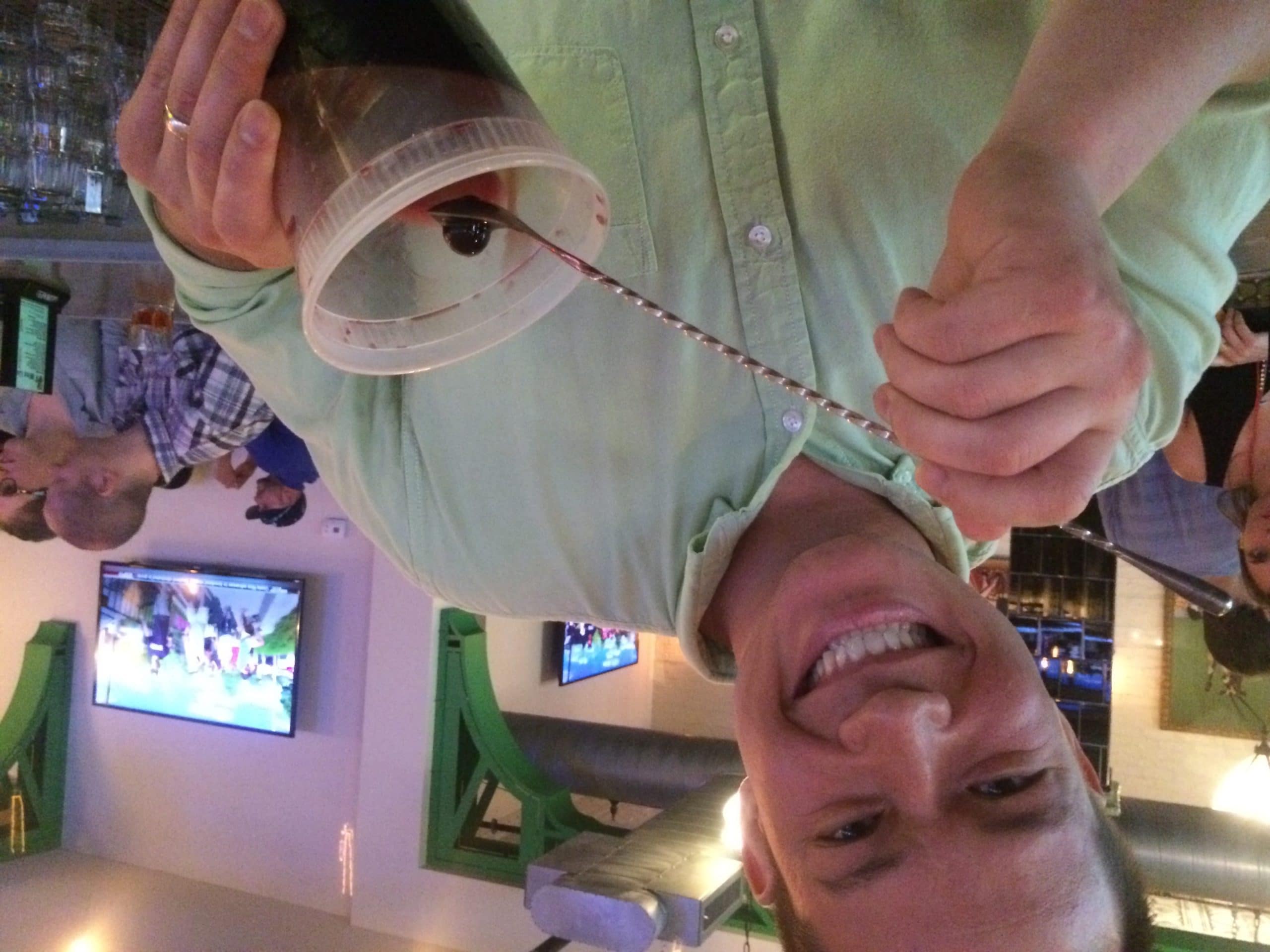“Skyworks is a specialist in HD aerial filming and content. “Skyworks is uniquely experienced in filming whole countries or states in great detail. Using state of the art geo-location technology and specially designed flight planning systems, we are able to create extraordinary depth of coverage with great efficiency.” –http://www.skyworks.co.uk/
Archives for June 2014
A cherry for my Manhattan
State College, PA bartender Tim Riefel selects a cherry for my Manhattan. “The classiest of drinks, nothing is prettier or tastier than a classic Manhattan straight up. This article provides you with two recipes because it can be made with bourbon whiskey or rye whiskey, depending on what you have available, what you prefer, or […]
Jackson Hole, Wyoming
Activities of daily living (plus stop my librarian from retiring)
“Activities of daily living (ADLs) is a term used in healthcare to refer to daily self-care activities within an individual’s place of residence, in outdoor environments, or both.” ______________________________________________________ Note: Above: Beginning of Wikipedia’s article on Activities of Daily Living . The remainder of the Wikipedia article is published below. Naturally, I will interrupt with interruptions […]
Senator Enzi gives a fascinating tour of his office
Senator Mike Enzi is a Republican from Wyoming. He is Chairman of the Senate Rural Caucus. Wyoming is a very rural state which means very few people live there. In fact, fewer people live in Wyoming than any state in the union–a land of wide open spaces. Senator Ezi has been in office since 1994. […]
10 Tips for Aging Successfully
[Note: The following tips are courtesy of the University of Texas Center on Aging https://nursing.uth.edu/coa/healthy.htm which I am motivated to reproduce here to encourage me to take Tip 8 to heart. Meanwhile, I am keeping my eye on Texas (not to mention Wyoming which is a different story).] 1. Don’t Retire: Get a Part-time Job or Volunteer […]
Fear
I am afraid. The fear is linked to the CT scan I took on Thursday–in turn linked to my three experiences with cancer. In August 2013, Dr. Paul Russo (at Memorial Sloan Kettering Medical Center in New York City) removed a 7 centimeter tumor surrounding my right kidney. Pathology confirmed kidney cancer. While discussing the […]
June 2014 Motto
Five of Samuel Butler’s Seven Deadly Sins Want of money Bad health Bad temper Chastity Knowing that you know things




